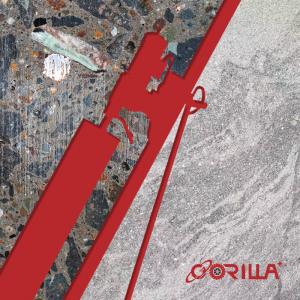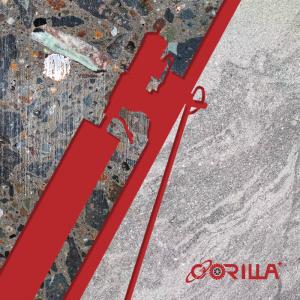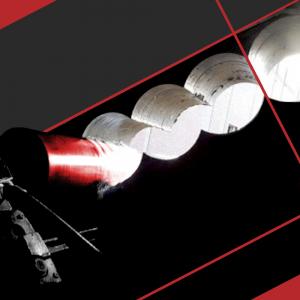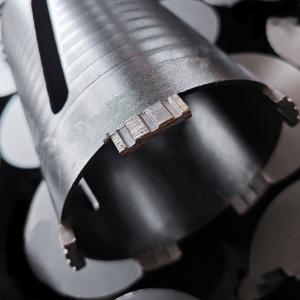Choosing the Right Drill Bit for Cutting Reinforced Concrete and Granite: Key Differences
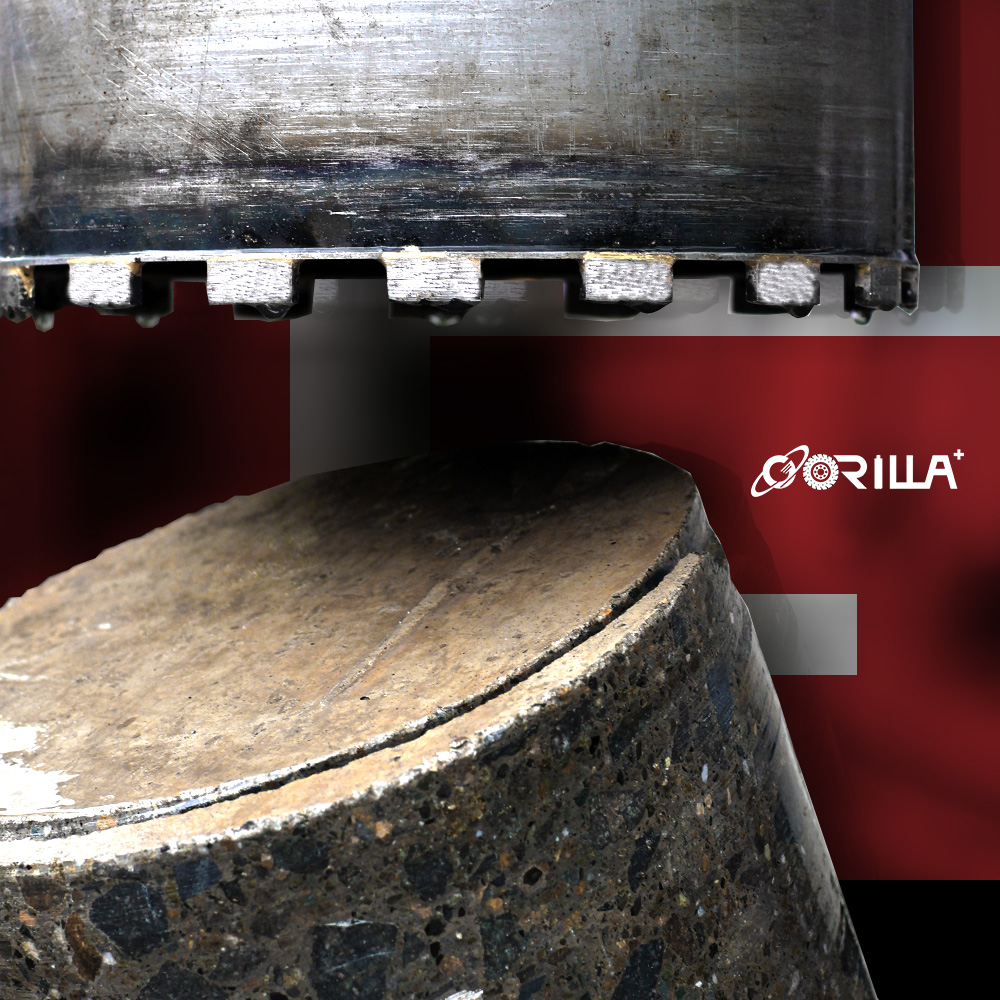 In our previous article, we explored how to select the appropriate core drill speed based on materials such as reinforced concrete and granite, which is crucial for improving efficiency and ensuring safety. Equally important is choosing the right drill bit for these materials, as the design and materials of the drill bit can significantly affect drilling performance. In this article, we will delve into the key differences between the drill bits used for cutting reinforced concrete and granite, and how each bit is specifically designed to handle these different materials.
In our previous article, we explored how to select the appropriate core drill speed based on materials such as reinforced concrete and granite, which is crucial for improving efficiency and ensuring safety. Equally important is choosing the right drill bit for these materials, as the design and materials of the drill bit can significantly affect drilling performance. In this article, we will delve into the key differences between the drill bits used for cutting reinforced concrete and granite, and how each bit is specifically designed to handle these different materials.
1. Material Hardness: The Dual Nature of Reinforced Concrete vs. Granite
Reinforced Concrete: Reinforced concrete is a composite material made up of harder concrete and even sturdier steel rebar. The dual nature of this material requires the drill bit to effectively cut through the relatively soft concrete while also penetrating the steel rebar.
Granite: In contrast, granite is a uniformly dense and very hard natural stone. Drilling through granite requires a drill bit that can handle continuous high-intensity cutting.
2. Cutting Edge Design: Versatility vs. Precision
Reinforced Concrete Drill Bit: This type of drill bit typically features high-strength diamond segments and a more versatile structure. It needs to be efficient in cutting through concrete while also possessing the toughness to cut through steel rebar, ensuring that it does not dull quickly when alternating between these two materials. These drill bits emphasize durability and versatility to handle two distinctly different materials.
Granite Drill Bit: Granite drill bits, on the other hand, focus more on cutting precision and efficiency. The diamond segments are often denser and sharper, concentrating on achieving clean and precise cuts in a uniformly hard material. Because the hardness of granite is consistent, the bit does not need to adapt to varying hardness levels like the reinforced concrete drill bits.
3. Wear Resistance and Cooling Requirements
Reinforced Concrete Drill Bit: Due to the cutting process involving both concrete and rebar, reinforced concrete drill bits need to be designed for greater wear resistance and often require frequent cooling during operation, typically through a water cooling system to reduce temperature and prolong the life of the drill bit.
Granite Drill Bit: Granite drill bits also need strong wear resistance, but their design focuses on withstanding continuous high-pressure cutting. These bits are suitable for working at high speeds and require an effective water cooling system to avoid overheating.
4. Chip Removal and Flushing Mechanism
Reinforced Concrete Drill Bit: This type of drill bit is usually designed with larger flutes or grooves to facilitate chip removal, helping to effectively clear concrete dust and steel shavings.
Granite Drill Bit: Granite drill bits typically have finer flutes to effectively remove smaller stone chips and prevent the drill bit from jamming during the drilling process.
Conclusion: Matching the Right Bit to the Material
Choosing the appropriate drill bit for cutting reinforced concrete and granite is crucial for ensuring work efficiency, safety, and construction quality. The dual nature of reinforced concrete requires drill bits to possess versatility and durability to handle materials with varying hardness; while granite requires more precise and efficient bits to deal with uniformly hard stone. By selecting the right bit for each material, along with the appropriate drill speed discussed earlier, you can maximize work efficiency, protect your equipment, and ensure a smooth drilling process.
As a company, we believe that the continuous pursuit of progressive technology and excellent user experience is key to helping our clients succeed. Choosing the right drill bit not only relates to effective material cutting but also affects the overall efficiency, safety, and cost control of the entire construction process. By matching the most suitable tools to your projects, we hope to help you maximize the lifespan of your equipment, enhance work efficiency, and ensure each construction step proceeds smoothly. It is this focus on user experience and technological advancement that drives us forward.

